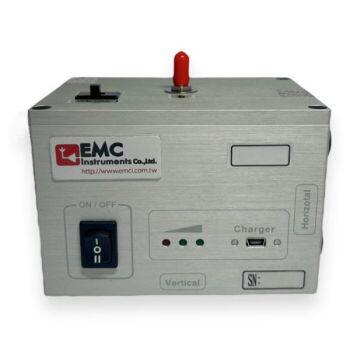Accessories
Products
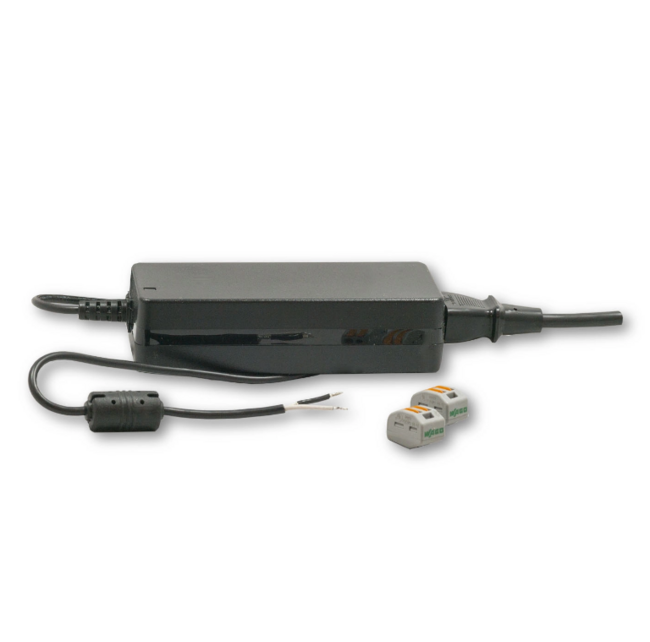
- Universal input switching supply
- 24v regulated current DC – runs on 110-220v AC
- Power indicator light
- Tinned leads; marked negative/positive with wire nuts for easy connection
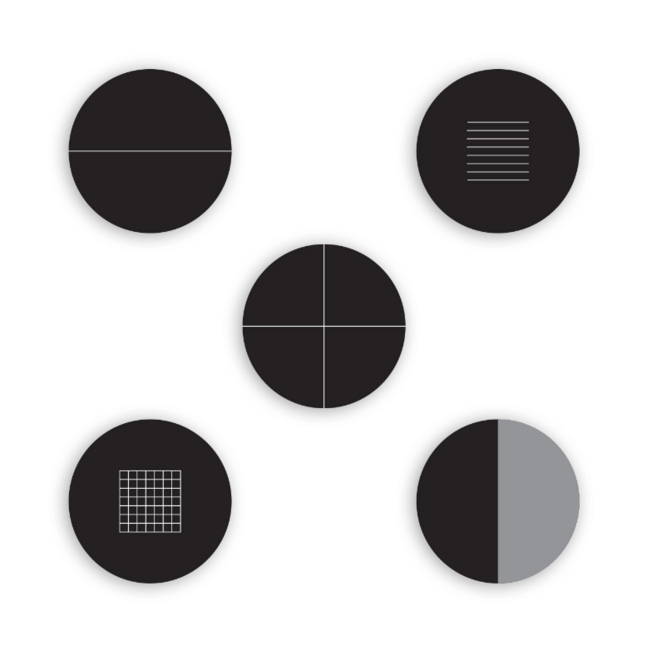
- For use with the SL256 Pattern Projecting Spot Lights
- Five field-replaceable standard patterns available
- 0.050mm line width photolithography
- Reticles include spanner wrench
- Please contact Ai for custom reticle patterns
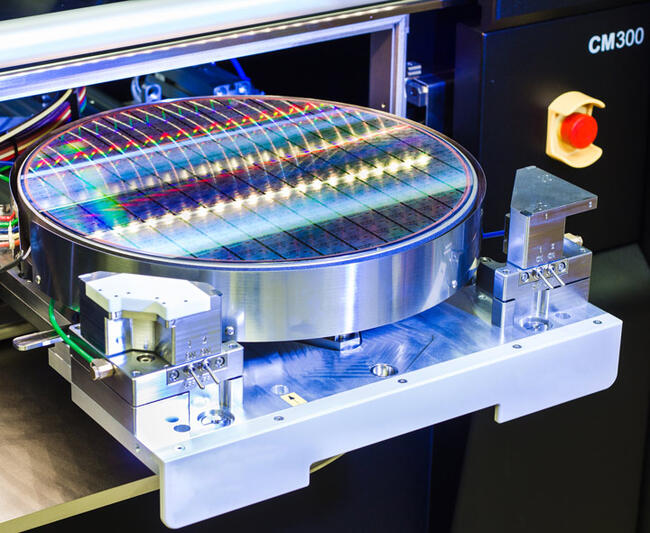
Flexibility
- Application flexibility: Coax, Triax, RF/mmW, High Power, Double Sided
- Temperatures range from -60°C to +300°C
- Surfaces are nickel or gold-plated
- Hybrid chuck design – operation with and without cooling unit
- Field-upgradeable: On-site cold upgrades for all main prober platforms
Highest Efficiency for Reduced Cost of Test
- Up to 25% lower air consumption (CDA) than other systems on the market with no compromise in transition times
- Up to 15% faster transition times than other systems on the market
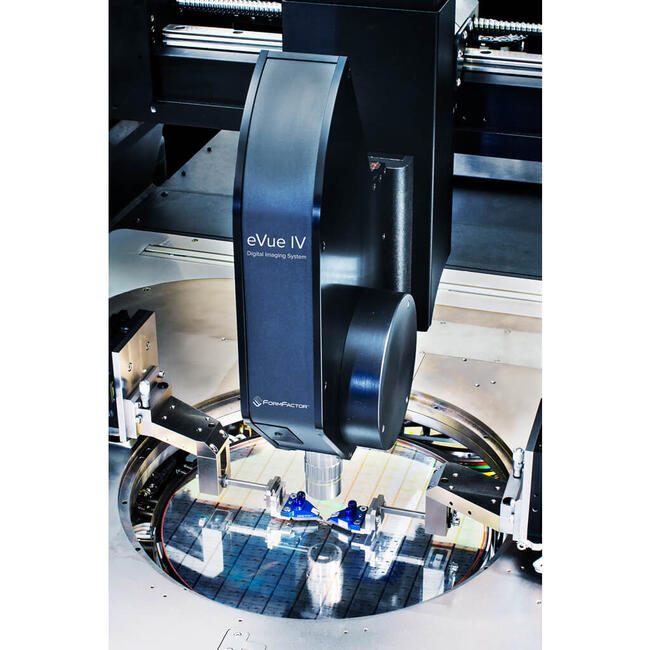
- Maximized Field-of-View with Ultra-Sharp Image Quality
- Slim Design
- Patent-Pending Crash Protection
- Intelligent Lens Mount
- Application Flexibility
- Seamless Integration with Velox Probe Station Control Software
- Autonomous Measurement Assistants
- Remote Operation
See "Specifications & Details" tab for more information
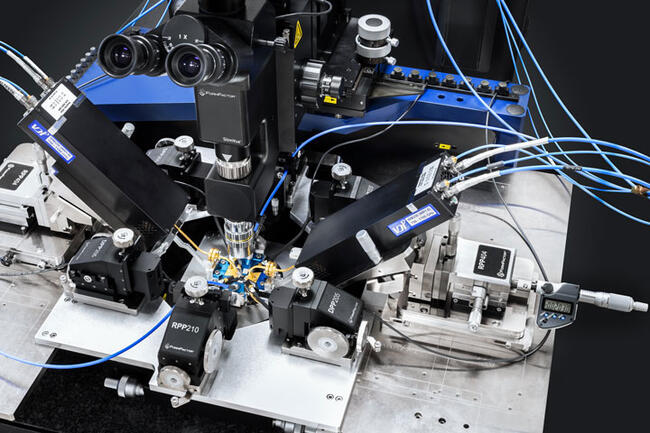
DC, RF and Optical Probe Positioning for Highest Accuracy Measurements
FormFactor offers a wide variety of manual and motorized probe positioners for any application from DC to terahertz measurements and beyond.
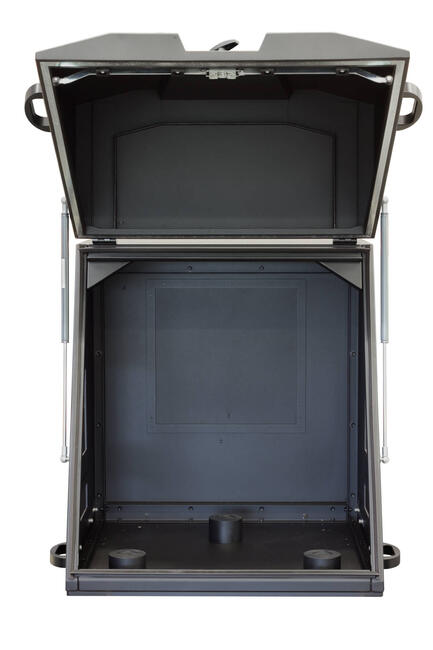
- Light-tight version and EMI-shielded version for low noise and light-sensitive measurements
- Application flexibility, ideal for use in high frequency applications
- Sized to accommodate thermal chucks, laser cutter, and video equipment on the probe system
- Suitable for integration with vibration isolating tables
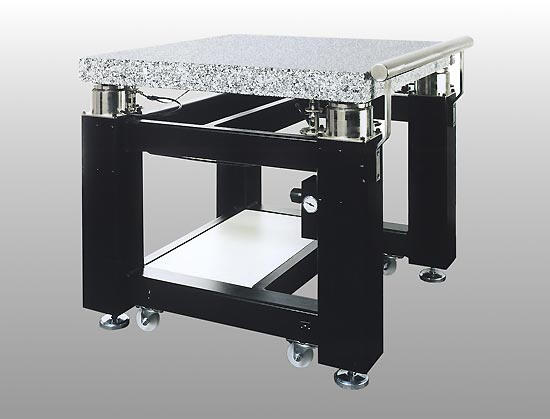
- Designed for use with specific Probe Systems
- Tables to suit all facility requirements and applications
- Stable probing, even in submicron range
- Granite platen ensures rigidity and temperature stability
- Can be combined with the Shield Enclosures
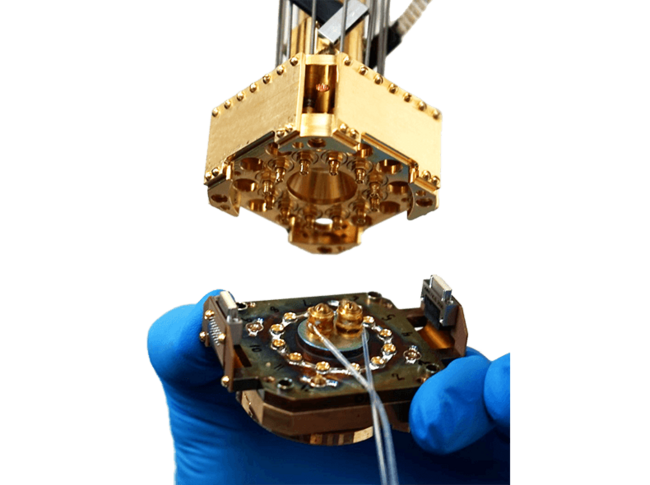
- Tests and validates performance directly on silicon without post-dicing packaging
- Dramatically reduces time to data and shortens development cycles
- Enables high scalability for high volume manufacturing
- Offers flexibility in chip design with full grid probing
